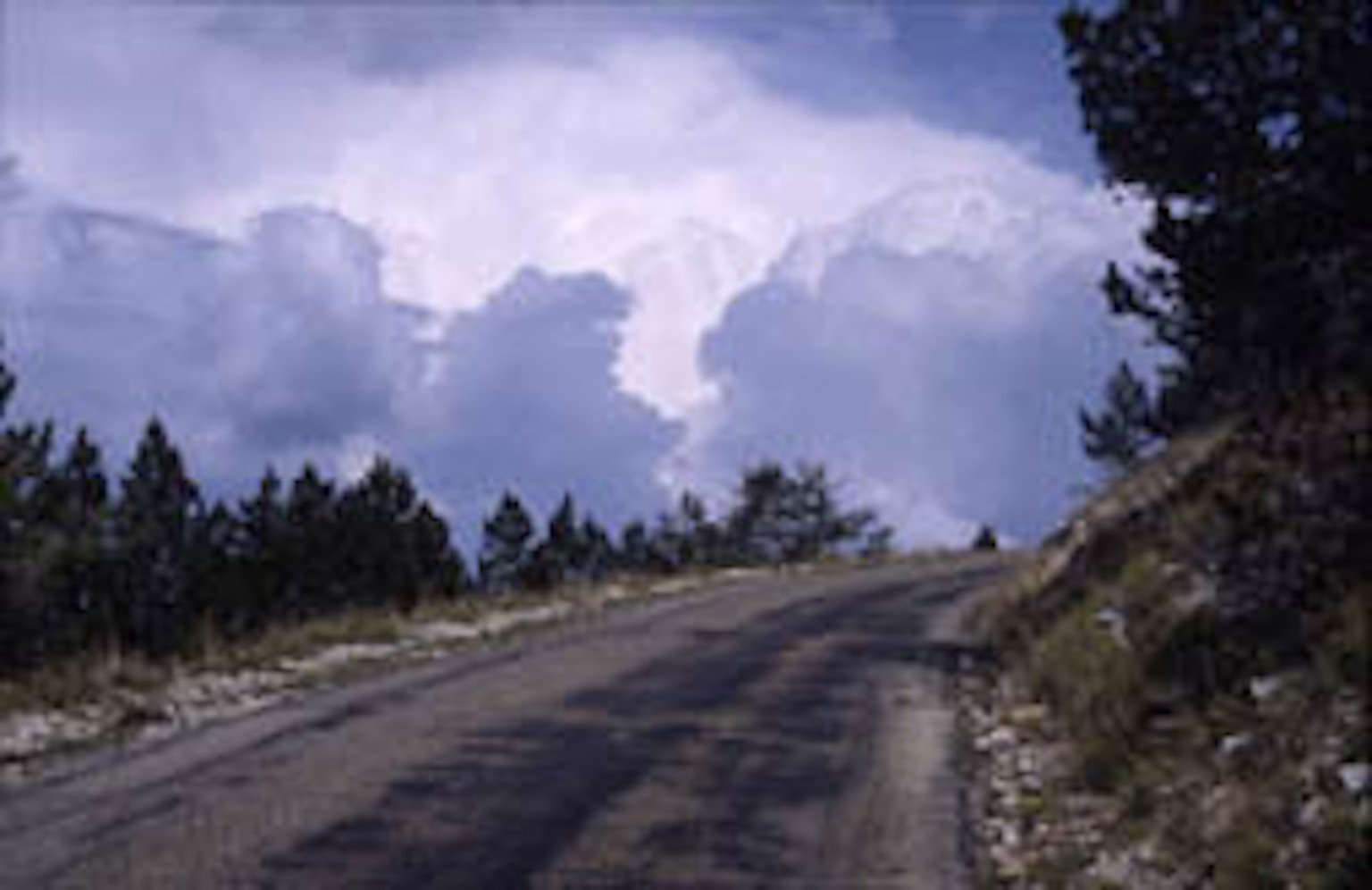A presentation as part of the heritage weekend 2003, on the theme of ‘Travel’.
The main focus of Fink’s work is the journeys he makes all over the world. His work, which he calls an Atlas of Movements, comprises maps and also notes, tables, calculations, photos, sculptures and sound recordings. He does not base his creations purely on objective data, but in fact concentrates on his own subjective experiences, which define his world-view. These journeys - on foot, by bicycle, car, train or aeroplane - are not just a means of reaching a particular place, but are in fact more important than the destination itself. His work is all about documenting the intermediate steps, between ‘here’ and ‘there’, about all the stimuli one receives along the way. Fink makes short notes almost continuously as he travels, which he later expands and incorporates into drawings, diagrams, sculptures and tables. With great concentration, he notes down precisely what he sees and experiences at intervals measured by stopwatch. This includes the passing surroundings and landscapes (such as the position of the sun, the cloud cover, natural features, nearby cities), the travel conditions (such as going downhill or through tunnels, shocks resulting from air pockets) and the feelings he observes in himself (wonder, tiredness, irritation). The combination of these aspects makes for a highly fascinating travel report that combines such external factors as weather conditions with a certain introspection, so that the connection between man and nature is established once again.
The experience of the landscape, city and nature lies at the heart of his travels. He does not deal with the landscape as such, but with the totality of the viewer in the environment. Physical effort on cycle tours of the Alps, walks lasting several days and flights of several hours, during which the artist always tries to remain concentrated, mean that he almost effaces himself in favour of this continuous stream of viewpoints, experiences and feelings, and is thereby almost absorbed into the surroundings. In our present-day society, where man uses nature in increasingly extreme ways, cultivating, deforesting and polluting, he seeks to establish a new contact with nature. He does this by using contemporary means of transport like trains and planes, or by walking and cycling. The traces of this are the ‘here and now’ experiences he is constantly making notes on. When Fink assembles the various notes and routes in diagrams, timelines and maps, he creates a particular perspective on the world of experiences.
The fifty journeys he has already completed form a personal atlas which one can at the same time extrapolate to the universal, to something that goes far beyond the travelling itself. Each journey is given a number (#) which can also be found on the various drawings. In the video room he presents a slide-show with hundreds of pictures taken on a cycle trip to Etna. In the same room we hear a soundscape, a mixture of sounds recorded at a variety of places and edited in accordance with the chronology of his travels. The drawings are like scores for the sounds, and form the basis for the composition one hears. In the adjoining room several maps can be seen, plus diagrams, timelines and drawings, all associated with a particular journey or providing a survey of all the journeys so far. The drawings cover walks through Brussels and Rotterdam, and also a plane trip and cycling routes through France and Italy. Other works provide an abstract overview of the periods when Fink is ‘travelling’. One can deduce from the diagrams the intensity of observation and the intervals between note-taking. One series of three large drawings, for example, are from a journey to Luzern. The various points when notes were written are arranged according to the time of observation. Each drawing is done in a different way, with different connections between times, and is coloured or perforated.

